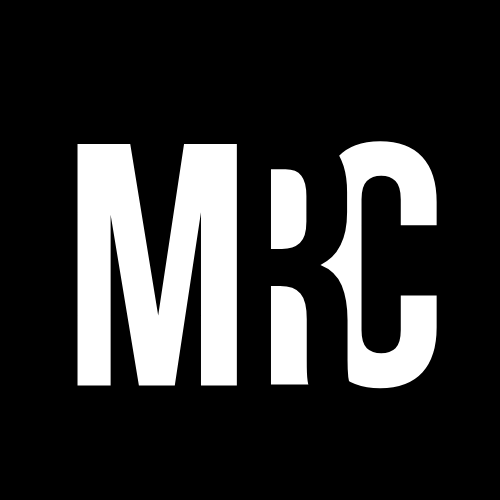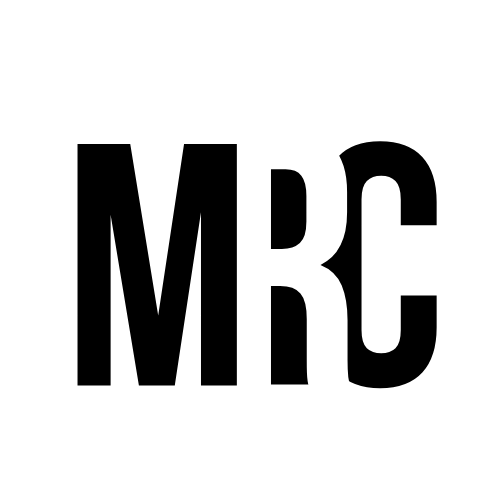Creating Your Community Call To Action
Let’s be real: beginnings are important. That’s why you have to plan carefully the first words, invitations and activities. Creating a community call to action is part of your group or movement’s creation story. Think carefully about the story that you want to tell, especially if you plan on doing any kind of work that involves long term societal or systems change in the way services are delivered or attitudes are held - you are going to be telling this story for many years to come. And not only you - make it a story you want to be told in many different spaces. It should be something all of the helpers in your movement, all of the onlookers and the soon to be helpers, the haters, the disinterested and the systems will be able to retell. In the retelling of the creation story, those who don’t know you learn a great deal about your values and beliefs. The most effective creation stories have the call to action as a crucial part of the narrative.
In my many years of organizing as a volunteer in the inner city, I have had to learn how to communicate in many different ways to speak to many different audiences. The difficulty: I always had the same message, so how could that message, that call to action, be shared in many systems and to many different sets of ears?
Self - your call to action should make sense to you. If you say it out loud, it should be able to apply to you and the things you do on a daily basis.
Community - your call to action should be instructive so when your community shares it, they are making a statement and leading by example
System - if a system hears the call to action, they should be able to repeat it and find specific items within their control that they can help to affect, alter, change, remove or add
Find below my process for creating a constructive, concise and accessible call to action that you can share from the beginning of your grassroots work, to the many successes of your system solutions!
problem - unfortunately, many people are awoken to community organizing when a tragedy or something bad is happening. Make sure when you are beginning that the problem you are working to address is one that many others in your community can agree on.
example: children being over-apprehended in the inner city
research - look around you. In your city, province, country or around the world for examples of what people have done to solve this problem in other places.
example: we started Fearless R2W to help parents address any safety concerns and navigate the child welfare system better.
solutions - don’t limit yourself. Look in as many places as you can, listen to those most affected and once you find a solution, share it with everyone. Talk about it, ask if others have heard about it, if you keep talking and asking questions, eventually you will be led to more people to help you.
example: we saw solutions in the form of advocacy for the system, for the children but not for the parents. Our solution is parent’s rights.
simplify - will a child understand the message? I often tell people that they should try to speak in simple language, so that the most amount of people can understand your message. Don’t use a whole bunch of ten-dollar words and inaccessible language that you would need a university degree to understand.
example: We now say “we are a circle of support who provide Manitoba child welfare education and advocacy to parents
delivery - Shout it from the rooftops! You have to become so good at telling the creation story and delivering the call to action that others will remember it and share it too.
example: We have delivered our message aka invitation aka call to action to community members in person, on social media, in presentations and in all the places in between
demonstrate - you can be as loud at saying your message but your actions have to back it up. Talk is cheap. This whole post is about talking, but this step is the most important because it is you making a statement to the world: see what I’m doing? That’s what I want you to do!”
example: Don’t be afraid to point out your example or the positive examples of others in a very obvious way. “See you Wednesday” “It’s Fearless Wednesday” “Gotta go to Fearless R2W today!”
celebrate - I always want to emphasize the celebration part. If you have an event and only one person shows up, guess what? That’s a celebration! That one person who showed up is your VIP, the most special person ever and you celebrate and love the one person who did show up
example: When we don’t have a problem to solve at Fearless R2W, we celebrate. If we never have any problems then the people continue to come together and always seek out new things to celebrate. Keep celebrating until you have to work together to solve a problem.
start again at step 1
“If all we ever focus on is the problem, we’re only gonna end up with more problem. But if we focus on the solution, the thing we want, we will end up with more of that!”
I hope this has been helpful for you! It is a hard thing to do to create a call to action that resonates with what you are trying to accomplish and rouses the community to action. Happy organizing out there and remember: celebrate, celebrate and celebrate!



